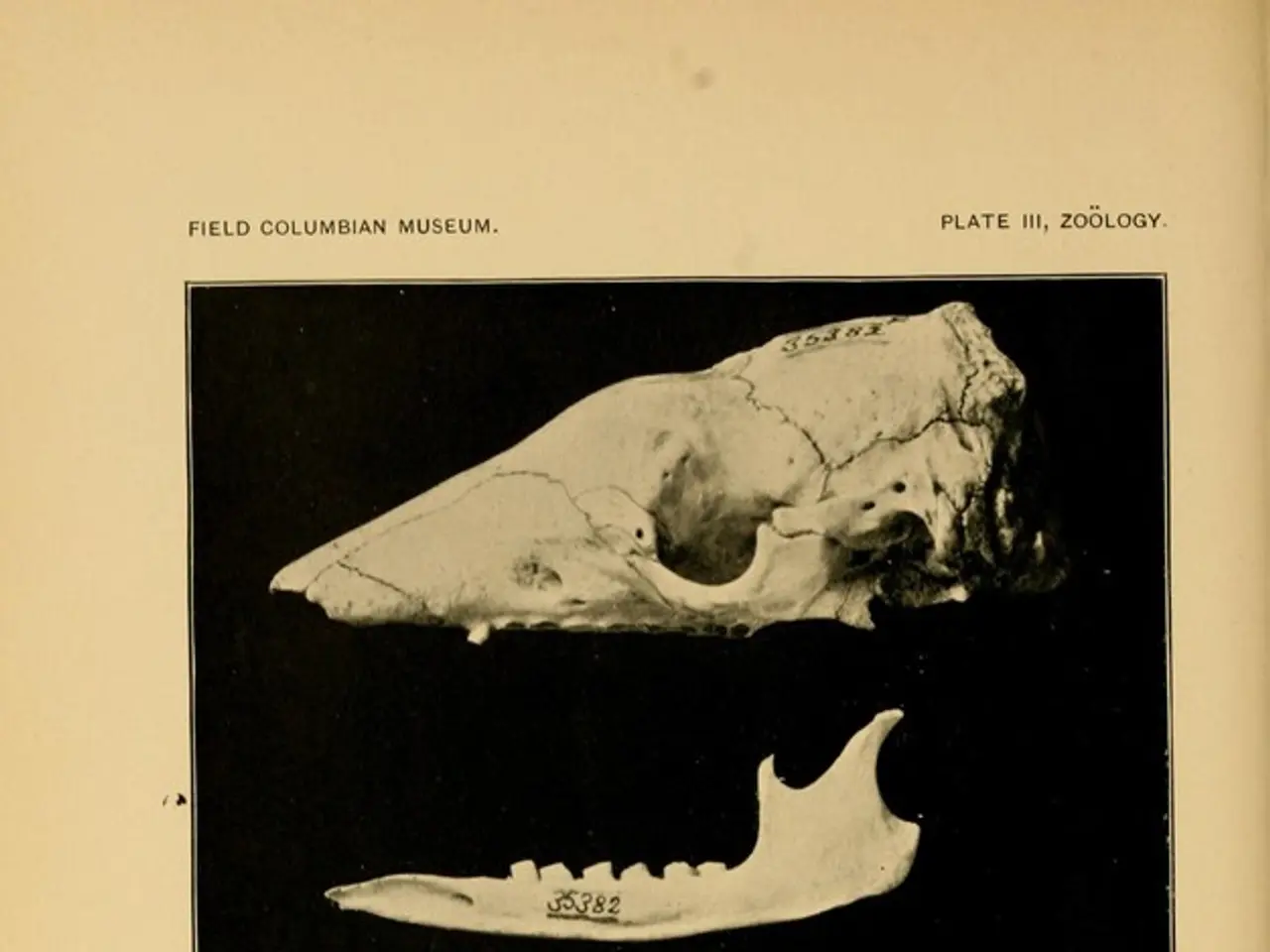Stress Classifications: Exploring the Distinctions Between Advantages and Disadvantages of Positive and Negative Stress Levels
In the dynamic world we live in, stress is an inevitable part of our lives. However, the impact of stress on our wellbeing and performance can vary greatly, depending on whether it is perceived as a challenge or a threat. This article explores the differences between eustress (positive stress) and distress (negative stress), and provides practical tips on how to promote eustress and minimize distress.
Eustress, a beneficial form of stress, is characterized by its motivating and energizing effects. It enhances focus, performance, and fosters a sense of excitement and readiness to face challenges. Examples of eustress include preparing for an important presentation, training for a competition, or planning a wedding. Unlike distress, eustress acts as a "fuel" that prepares and activates the body and mind, improving concentration and boosting performance without causing paralysis or overwhelm.
On the other hand, distress is harmful stress that can be debilitating and overwhelming. It hampers performance and leads to feelings of anxiety, helplessness, and exhaustion. Distress arises when a situation is perceived as an unmanageable threat rather than a manageable challenge. Examples of distress include excessive workload, financial problems, and toxic relationships.
The balance and perception of stress play a crucial role in determining whether it will lead to eustress or distress. Promoting eustress involves viewing challenges as manageable and opportunities for growth, setting realistic and meaningful goals, engaging in challenging but enjoyable activities, using stress as fuel to improve performance, and allowing recovery time between periods of stress.
Minimizing distress requires recognizing when stress feels unmanageable and addressing its sources early, developing healthy coping mechanisms such as relaxation techniques and proper time management, avoiding prolonged exposure to high stress without breaks, seeking social support or professional help when stress becomes excessive, and reframing negative thoughts into more positive, manageable perspectives.
In summary, eustress motivates and enhances performance when stress is perceived as a challenge, whereas distress impairs functioning when stress is seen as a threat. Promoting eustress involves managing perceptions and maintaining a balance between challenge and recovery, while minimizing distress requires addressing stressors proactively to prevent overwhelm.
Managing stress effectively is essential for maintaining good health and productivity. Chronic distress can lead to a host of physical and mental health problems, including insomnia, headaches, digestive problems, and weakened immunity. Therefore, it is crucial to manage stress early to prevent long-term health consequences.
Signs of distress include feelings of anxiety and worry, being overwhelmed, and decreased coping skills. To minimize distress, one should manage workload effectively, develop healthy coping mechanisms, change their perspective on stress, build emotional resilience, and more.
Stress is the body's reaction to any demand or challenge, triggering the "fight-or-flight" response. While it is impossible to eliminate stress from our lives, learning to manage it effectively can help us harness its positive aspects to improve performance, motivation, and resilience, while also learning how to mitigate its negative effects.
References: [1] American Psychological Association. (2020). Stress in America. Retrieved from https://www.apa.org/topics/stress/index.aspx [2] Healthline. (2020). What is eustress? Retrieved from https://www.healthline.com/health/stress/eustress [4] Mayo Clinic. (2020). Managing stress. Retrieved from https://www.mayoclinic.org/healthy-lifestyle/stress-management/in-depth/stress/art-20043811 [5] Psych Central. (2020). Positive stress: What it is and how to deal with it. Retrieved from https://psychcentral.com/lib/positive-stress-what-it-is-and-how-to-deal-with-it/0009689
- Personal growth and enhanced performance can be achieved through eustress, a positive form of stress that motivates and energizes, such as during preparation for an important presentation or training for a competition.
- Conversely, distress, a harmful form of stress, can lead to feelings of anxiety, helplessness, and exhaustion, and is often associated with excessive workload, financial problems, or toxic relationships.
- To promote eustress, it's essential to view challenges as opportunities for growth, engage in enjoyable activities, use stress as fuel, and allow for recovery time between periods of stress.
- Minimizing distress requires addressing stressors proactively, developing healthy coping mechanisms like relaxation techniques and proper time management, avoiding prolonged exposure to high stress, and seeking social support or professional help when necessary.
- Effective stress management contributes significantly to mental health and wellness, reducing the risks of physical health problems like insomnia, headaches, digestive problems, and weakened immunity.
- Identifying signs of distress, such as anxiety, overwhelm, and decreased coping skills, can help individuals minimize distress by learning to manage workload, developing emotional resilience, and changing their perspective on stress.




